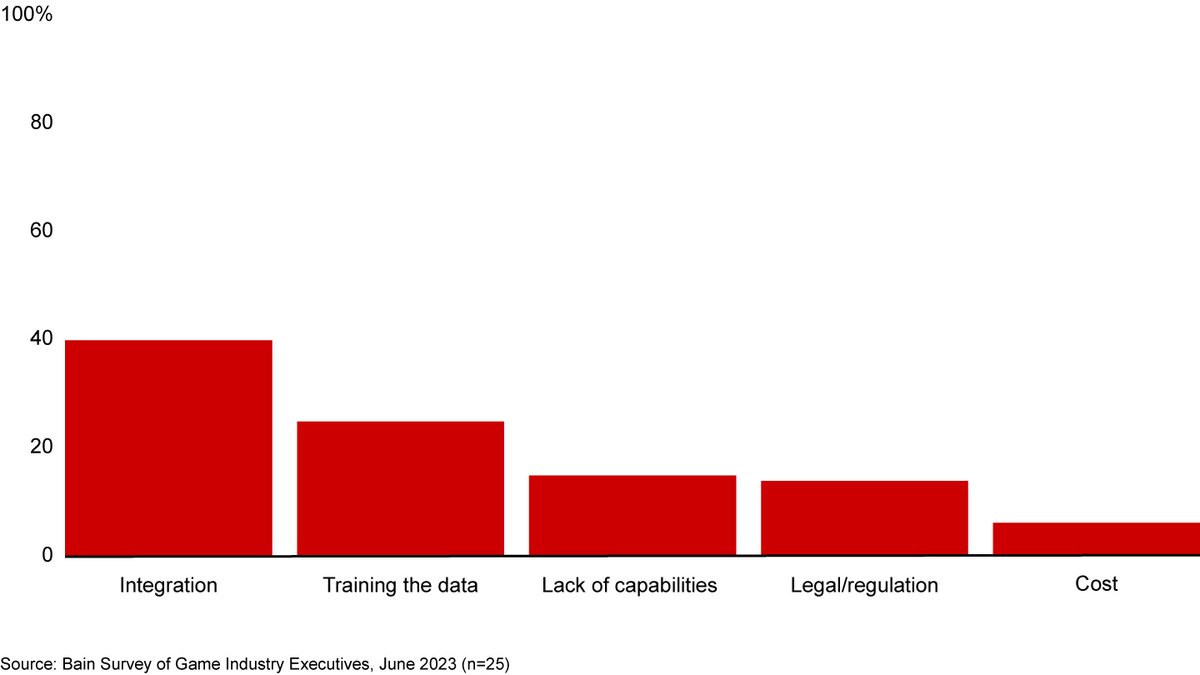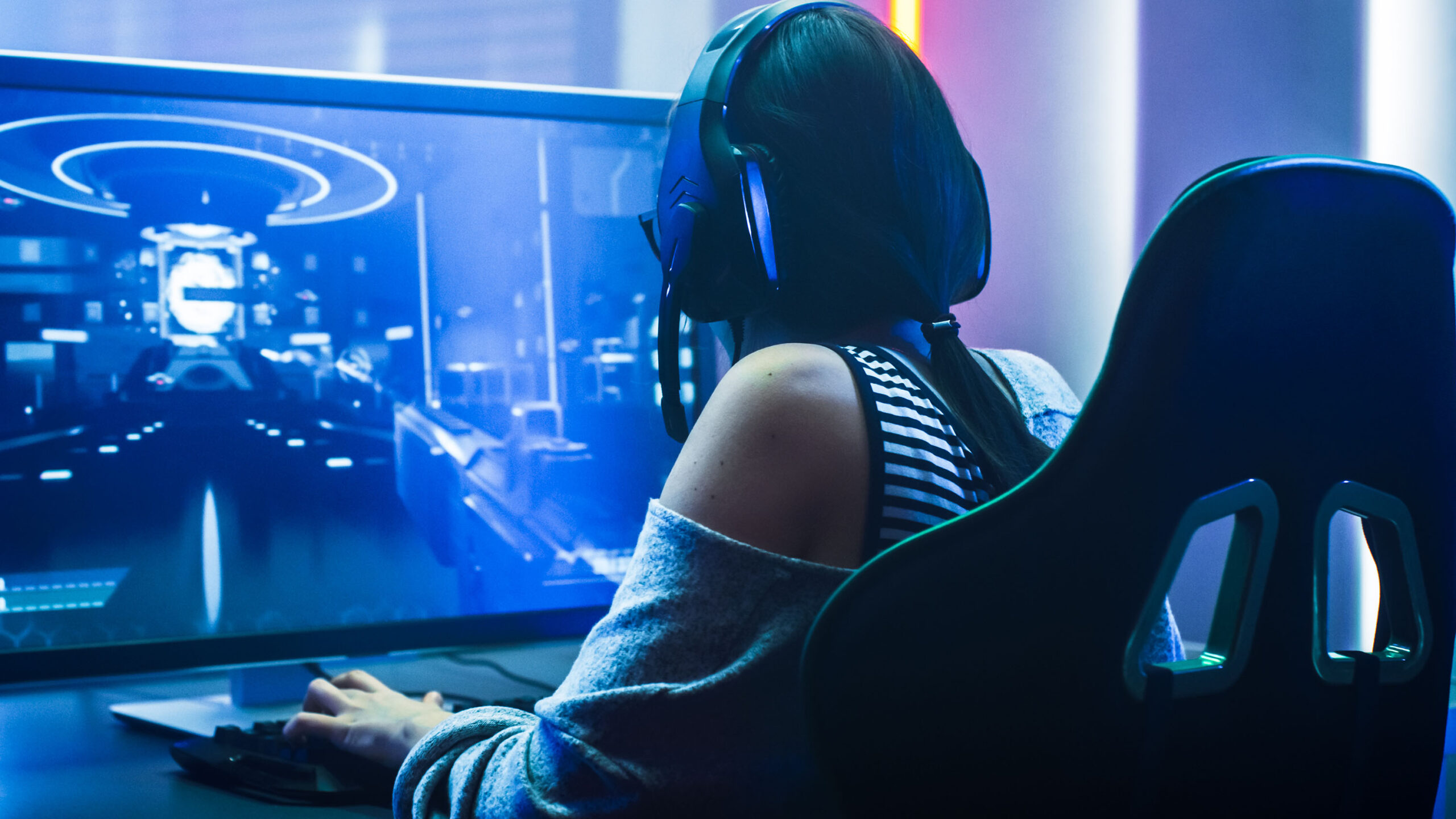It’s not really a surprise, but the growing integration of AI into video game development is poised to shake up the video game industry. What changes are we heading towards, and what influence will this technology have on the future of gaming?
If there is one industry that evolves at the speed of light, it is that of video games. The sector is worth $334 billion globally, and far surpasses those of music and cinema. According to estimates, around 3.09 billion gamers now populate the planet. Heavily invested, the sector has always progressed at the pace of the latest cutting-edge technologies. Artificial intelligence will be no exception, and its place in video game production will become more and more important in the years to come.
A tool serving greater immersion
Video games, as complex as they may seem in some cases, still remain rather linear and predictable. Some may still be exceptions. Red Dead Redemption 2 had, for example, left us in awe of its random events and its ability to generate situations that are different from each other.
However, this is only an illusion, skillfully orchestrated by very well-honed scripts. We can imagine in the more or less near future that AI will be able to change the situation. Games will eventually be able to adapt in real time to the player’s actions, allowing for a unique experience in each game. We can perfectly imagine the advantage that this would represent in an RPG: more convincing NPCs (non-player characters), far from the strange and mechanical protagonists encountered for example in Starfield. Real AI could also animate the player’s enemies, providing a whole new gameplay challenge.
Game design transformed by AI
The other big advantage is also on the developers’ side. Used well, generative AI can save considerable time. As for pure design, this proves to be a very solid ally: automation in the construction of levels or universes, optimization of game balancing or entire generation of graphic elements, the possibilities are Dantesque.
This is already the case for the Blizzard studio, which will train an AI to optimize the creation of graphic content for its games. Industry leaders do not particularly expect substantial development savings. On the other hand, they are rather positive about the reduction in design time made possible thanks to the use of generative AI.
Ethical and economic issues
However, all is not rosy in this observation. While it is possible that AI will one day make the gaming experience personalized for each player, the risks are not non-existent. What would then prevent certain big studios from taking advantage of this aspect to maximize their profits, by considerably relying on the personal preferences of each player? By playing on everyone’s frustrations and weaknesses, anything is imaginable. Does the game system of an RPG identify your interest in a certain type of environment or quests? A paid DLC will then be generated just for you. The example may seem extreme, but the risk must be considered.
A study published in 2023 by Bain & Company shows that generative AI will control 50% of the video game development process within 5 or 10 years. Currently, this rate is estimated at around 5%. According to this same study, 60% of the managers surveyed do not necessarily see AI as a technology that will save the crucial lack of qualified labor in the sector. When it comes to reducing development costs, a minority think that AI will have a positive impact: only 20%.
According to the results of the questionnaire proposed to managers by Bain & Company, the place of AI at the different stages of game development will also evolve. If today, it is more confined to pre-production use, managers expect a clear evolution in the 5 or 10 years to come. As can be seen in the graph below, the trend will eventually change, and AI could serve the production stage much more.
If the use of AI in the design and production process seems inevitable, this does not mean that the managers interviewed are unaware of the obstacles to come. According to the responses collected (see the graph below), the first perceived obstacle (40% of respondents) will be the integration of this technology into the development process itself. In second place (20%) comes the training of AI models, known to be very expensive in terms of time and hardware resources. On the other hand, the overall costs of integration are in last position among the different proposals.

The video game industry is at a major turning point in its history, as it was during the transition to 3D. This shift raises perspectives that we must question. Although the promises for players may seem enticing, there are still many uncertainties regarding the application of this technology. What about the place of human creativity in game design? What will happen to the authenticity of a game developed with love and passion if AI takes the role of lead developer in its creation? These are burning questions that are unlikely to lose substance in the years to come.
Sources: Bath, Cryptopolitan

0